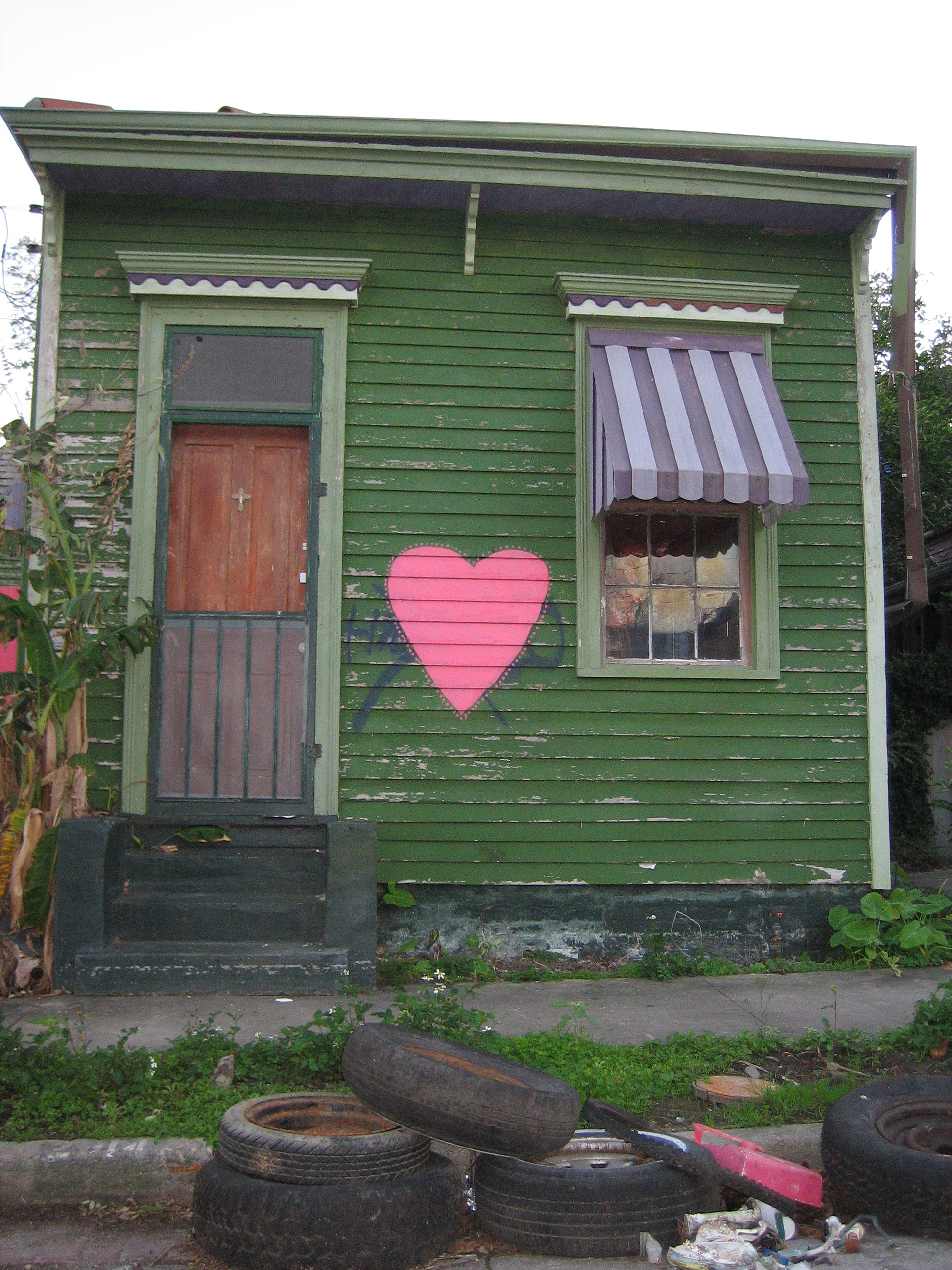|
Allen Toussaint
Allen Richard Toussaint (; January 14, 1938 – November 10, 2015) was an American musician, songwriter, arranger and record producer. He was an influential figure in New Orleans rhythm and blues from the 1950s to the end of the century, described as "one of popular music's great backroom figures".Richard Williams"Allen Toussaint obituary" ''The Guardian'', November 11, 2015. Retrieved November 15, 2015. Many musicians recorded Toussaint's compositions. He was a producer for hundreds of recordings, among the best known of which are " Right Place, Wrong Time", by his longtime friend Dr. John, and "Lady Marmalade" by Labelle. Biography Early life and career The youngest of three children, Toussaint was born in 1938 in New Orleans and grew up in a shotgun house in the Gert Town neighborhood, where his mother, Naomi Neville (whose name he later adopted pseudonymously for some of his works), welcomed and fed all manner of musicians as they practiced and recorded with her son. His ... [...More Info...] [...Related Items...] OR: [Wikipedia] [Google] [Baidu] |
Gert Town, New Orleans
Gert Town is a neighborhood in the city of New Orleans, Louisiana. It is the home to Xavier University of Louisiana and is a part of the Mid-City District. Gert Town played a major role in the industrial development of the New Orleans region. The Blue Plate Mayonnaise Factory, Coca-Cola Bottling Plant, Sealtest Dairy, and Thompson-Hayward Chemical Company were all fundamental manufacturing bases of the working-class neighborhood. Gert Town was also well known for being a center of development for jazz and other music genres. Musicians such as Buddy Bolden, John Robichaux, Merry Clayton, Bunk Johnson and Allen Toussaint all came from the neighborhood and helped shape the musical influence of New Orleans. In 2016, Gert Town was named one of New Orleans fastest-growing areas. History The area now known as Gert Town was originally part of the Jeanne de McCarty plantation, which was purchased by the New Orleans Canal and Banking Company in the 1830s to extend the New Basin Canal. D ... [...More Info...] [...Related Items...] OR: [Wikipedia] [Google] [Baidu] |
Elektra Records
Elektra Records (or Elektra Entertainment) is an American record label owned by Warner Music Group, founded in 1950 by Jac Holzman and Paul Rickolt. It played an important role in the development of contemporary folk and rock music between the 1950s and 1970s. In 2004, it was consolidated into WMG's Atlantic Records Group. After five years of dormancy, the label was revived as an imprint of Atlantic in 2009. In October 2018, Elektra was detached from the Atlantic Records umbrella and reorganized into Elektra Music Group, once again operating as an independently managed frontline label of Warner Music. In June 2022, Elektra Music Group was merged with 300 Entertainment to create the umbrella label 300 Elektra Entertainment (3EE), though both Elektra and 300 will continue to maintain their separate identities as labels. History 1950–1971: Founding and early history Elektra was formed in 1950, as the ''Elektra-Stratford Record Corporation'', with a singles label called Stratford R ... [...More Info...] [...Related Items...] OR: [Wikipedia] [Google] [Baidu] |
Earl King
Earl Silas Johnson IV (February 7, 1934 – April 17, 2003), known as Earl King, was an American singer, guitarist, and songwriter, most active in blues music. A composer of s such as "" (covered by Jimi Hendrix, , [...More Info...] [...Related Items...] OR: [Wikipedia] [Google] [Baidu] |
Huey "Piano" Smith
Huey Pierce Smith, known as Huey "Piano" Smith (born January 26, 1934) is an American rhythm-and-blues pianist whose sound was influential in the development of rock and roll. His piano playing incorporated the boogie-woogie styles of Pete Johnson, Meade Lux Lewis, and Albert Ammons, the jazz style of Jelly Roll Morton and the rhythm-and-blues style of Fats Domino. Steve Huey of AllMusic noted that "At the peak of his game, Smith epitomized New Orleans R&B at its most infectious and rollicking, as showcased on his classic signature tune, 'Don't You Just Know It.'" Career Early Years Smith was born in the Central City neighborhood of New Orleans. He was influenced by the innovative work of Professor Longhair. He became known for his shuffling right-handed break on the piano that influenced other Southern players.Kennedy, Rick, and McNutt, Randy (1999). ''Little Labels—Big Sound''. Indiana University Press. pg. 132; . Smith wrote his first song "Robertson Street Boogie", ... [...More Info...] [...Related Items...] OR: [Wikipedia] [Google] [Baidu] |
Second Line (parades)
The second line is a tradition in parades organized by Social Aid and Pleasure Clubs (SAPCs) with brass band parades in New Orleans, Louisiana, United States. The "main line" or "first line" is the main section of the parade, or the members of the SAPC with the parading permit as well as the brass band. The second line consists of people who follow the band to enjoy the music, dance, and engage in community. The second line's style of traditional dance, in which participants dance and walk along with the SAPCs in a free-form style with parasols and handkerchiefs, is called "second-lining". It is one of the most foundationally Black American-retentive cultures in the United States. It has been called "the quintessential New Orleans art form – a jazz funeral without a body". Another significant difference from jazz funerals is that second line parades lack the slow hymns and dirges played at funerals (although some organizations may have the band play a solemn selection towar ... [...More Info...] [...Related Items...] OR: [Wikipedia] [Google] [Baidu] |
Syncopation
In music, syncopation is a variety of rhythms played together to make a piece of music, making part or all of a tune or piece of music off-beat. More simply, syncopation is "a disturbance or interruption of the regular flow of rhythm": a "placement of rhythmic stresses or accents where they wouldn't normally occur". It is the correlation of at least two sets of time intervals. Syncopation is used in many musical styles, especially dance music. According to music producer Rick Snoman, "All dance music makes use of syncopation, and it's often a vital element that helps tie the whole track together". Syncopation can also occur when a strong harmony is simultaneous with a weak beat, for instance, when a 7th-chord is played on the second beat of measure or a dominant chord is played at the fourth beat of a measure. The latter occurs frequently in tonal cadences for 18th- and early-19th-century music and is the usual conclusion of any section. A hemiola (the equivalent Latin term ... [...More Info...] [...Related Items...] OR: [Wikipedia] [Google] [Baidu] |
AllMusic
AllMusic (previously known as All Music Guide and AMG) is an American online music database. It catalogs more than three million album entries and 30 million tracks, as well as information on musicians and bands. Initiated in 1991, the database was first made available on the Internet in 1994. AllMusic is owned by RhythmOne. History AllMusic was launched as ''All Music Guide'' by Michael Erlewine, a "compulsive archivist, noted astrologer, Buddhist scholar and musician". He became interested in using computers for his astrological work in the mid-1970s and founded a software company, Matrix, in 1977. In the early 1990s, as CDs replaced LPs as the dominant format for recorded music, Erlewine purchased what he thought was a CD of early recordings by Little Richard. After buying it he discovered it was a "flaccid latter-day rehash". Frustrated with the labeling, he researched using metadata to create a music guide. In 1990, in Big Rapids, Michigan, he founded ''All Music Guide' ... [...More Info...] [...Related Items...] OR: [Wikipedia] [Google] [Baidu] |
Snooks Eaglin
Fird Eaglin Jr. (January 21, 1936 or 1937 – February 18, 2009), known as Snooks Eaglin, was an American guitarist and singer based in New Orleans. In his early years he was sometimes credited under other names, including Blind Snooks Eaglin, "Lil" Snook, Ford Eaglin, Blind Guitar Ferd. His vocal style was reminiscent of that of Ray Charles; in the 1950s, when he was in his late teens, he sometimes billed himself as "Little Ray Charles". He played a wide range of styles of music within the same concert, album, or even song: blues, rock and roll, jazz, country, and Latin. In his early years, he also played acoustic blues. His ability to play a wide range of songs and make them his own earned him the nickname "The Human Jukebox." Eaglin claimed in interviews that his musical repertoire included some 2,500 songs. At live shows, he usually did not prepare set lists and was unpredictable, even to his bandmates. He played songs that came to him on stage, and he also took requests f ... [...More Info...] [...Related Items...] OR: [Wikipedia] [Google] [Baidu] |
Shotgun House
A shotgun house is a narrow rectangular domestic residence, usually no more than about wide, with rooms arranged one behind the other and doors at each end of the house. It was the most popular style of house in the Southern United States from the end of the American Civil War (1861–65) through the 1920s. Alternative names include shotgun shack, shotgun hut, shotgun cottage, and in the case of a multihome dwelling, shotgun apartment; the design is similar to that of railroad apartments. A longstanding theory is that the style can be traced from Africa to Saint Dominican influences on house design in New Orleans, but the houses can be found as far away as Key West and Ybor City in Florida, and Texas, and as far north as Chicago, Illinois. Though initially as popular with the middle class as with the poor, the shotgun house became a symbol of poverty in the mid-20th century. Urban renewal has led to the destruction of many shotgun houses; however, in areas affected by gentrifi ... [...More Info...] [...Related Items...] OR: [Wikipedia] [Google] [Baidu] |
Lady Marmalade
"Lady Marmalade" is a song written by Bob Crewe and Kenny Nolan, originally for Nolan's disco group. The song is famous for the repeated refrain of " ''Voulez-vous coucher avec moi''?" in French as part of the chorus, a sexually suggestive line that translates into English as: "Do you want to sleep with me?" The song first became a popular hit when it was recorded in 1974 by the American R&B group Labelle and held the number-one spot on the ''Billboard'' Hot 100 chart for one week, and also topped the Canadian ''RPM'' national singles chart. In 2021, the Library of Congress selected Labelle's version for preservation in the National Recording Registry for being "culturally, historically, or artistically significant." The song has had many cover versions over the years. In 1998, girl group All Saints released a cover of the song that peaked at number one on the UK Singles Chart. The 2001 version by singers Christina Aguilera, Mýa, Pink and rapper Lil' Kim, recorded for the ''M ... [...More Info...] [...Related Items...] OR: [Wikipedia] [Google] [Baidu] |




